Blogging has evolved into a powerful tool for sharing information, insights, and personal experiences. However, writing engaging content is just part of the equation. To ensure your blog reaches its intended audience, you need to understand and implement search optimization techniques. In this post, we’ll delve into the basics of blogging search optimization, a crucial skill for any aspiring or seasoned blogger.
Understanding SEO in Blogging
Search Engine Optimization (SEO) is the practice of optimizing your blog to rank higher in search engine results. This involves a combination of techniques aimed at increasing your blog’s visibility and attracting more organic traffic.
1. Keyword Research: The Starting Point
- Identifying Relevant Keywords: Use tools like Google Keyword Planner to find keywords that your target audience is searching for.
- Balancing Keyword Density: Include keywords naturally in your content without overstuffing.
2. Crafting High-Quality Content
- Value and Relevance: Create content that provides value, answers questions, and addresses the needs of your readers.
- Engagement: Encourage reader interaction through comments and social shares.
3. On-Page SEO Tactics
- Optimizing Titles and Headings: Ensure your titles and headings are clear, engaging, and include primary keywords.
- Meta Descriptions: Write compelling meta descriptions that summarize your blog post and include key phrases.
4. User Experience and Site Structure
- Mobile Responsiveness: With increasing mobile usage, ensure your blog is mobile-friendly.
- Navigation and Site Speed: A well-structured blog with fast loading times enhances user experience and benefits SEO.
5. Utilizing Internal and External Links
- Internal Linking: Link to other posts within your blog to keep readers engaged and improve site navigation.
- Backlinking: Earn backlinks from reputable sites to build your blog’s credibility and authority.
6. Social Media Integration
- Sharing Content: Leverage social media platforms to share your blog posts and increase visibility.
- Engaging with Your Audience: Foster a community around your blog through active social media engagement.
7. Tracking Your Progress with Analytics
- Using Analytics Tools: Tools like Google Analytics can help track your blog’s performance, visitor behavior, and traffic sources.
- Adapting to Data: Use this data to refine your blogging strategy and improve SEO.
Conclusion
Search optimization for your blog is a dynamic and ongoing process. By mastering the fundamentals of SEO, you can significantly enhance the visibility and reach of your blog. Remember, SEO is not a one-time task but a continuous effort to stay relevant and visible in the ever-evolving digital landscape. Happy blogging!

